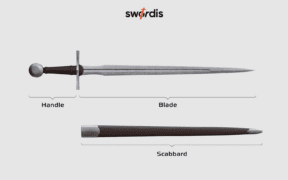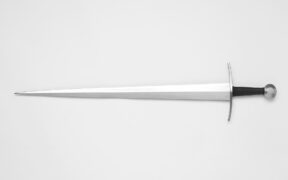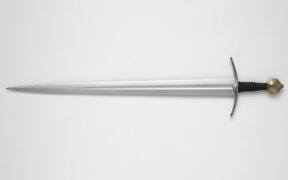Sword vs. Plate Armor: Was the Blade Truly Effective?
NO AI USED This Article has been written and edited by our team with no help of the AI
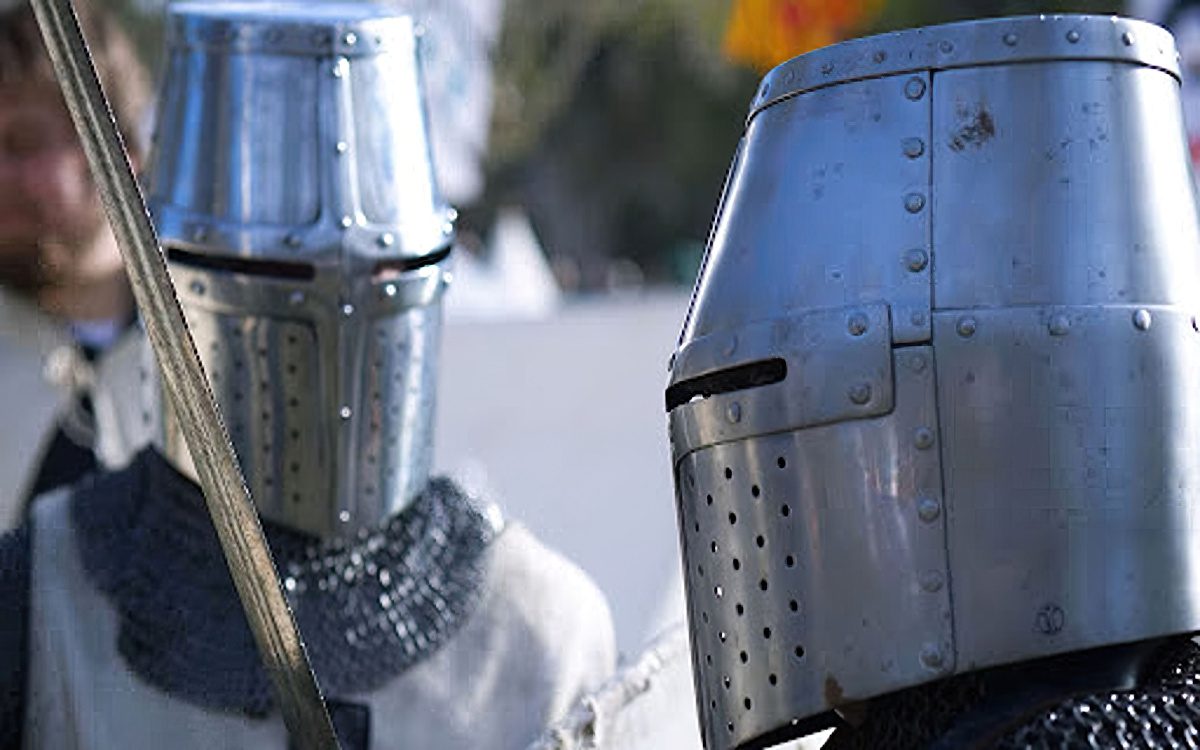
Plate armor was an effective defensive gear perfect for countering many weapons throughout history. The sword was a bladed-edged weapon that had to evolve into a specialized blade type. While it might have lacked brute force, the sword had high versatility, which made it a threat to plate-armored opponents.
This article will delve into the world of swords and plate armor. We will briefly explain their histories and then put them to the test. First, we will explore the cutting performance of a sword on plated armor and its thrusting capability. We will conclude by explaining how swords helped combat plate-armored opponents and if they were truly effective.
Swords and Plate Armor in History
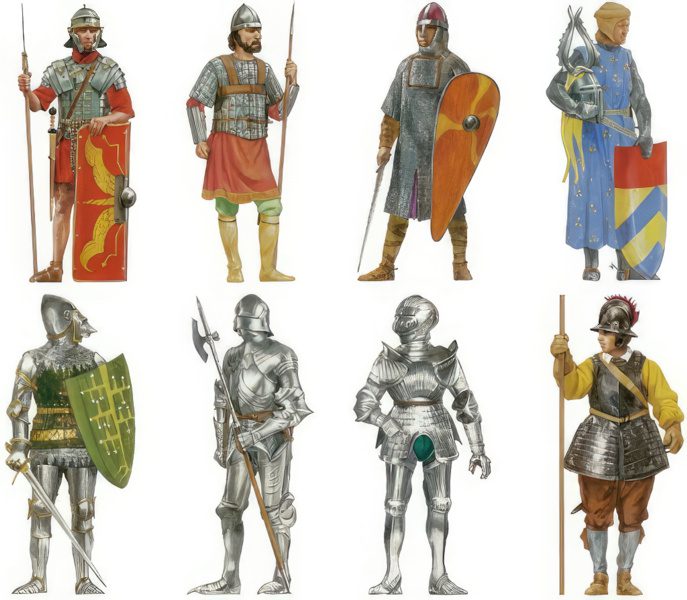
Swords, both double and single-edged, have been effective battle weapons for nearly 3000 years. They varied in shape and size across eras, influenced by technological advancements, metallurgy, and the needs of close-combat warfare.
Plate armor, a defensive metal layer, protected warriors’ vital parts and evolved differently around the world. In Japan and China, it appeared as interconnected chunks over lamellar armor. The Middle East saw chainmail woven through plate armor, while Europe featured the iconic knight clad in full plate armor.
Roman plate armor, known as lorica segmentata, consisted of smaller pieces covering vital areas. Full-body plate armor for European knights emerged in the second half of the 14th century, progressively improving in size, parts, and quality over the next three centuries.
Sword Vs. Plate Armor
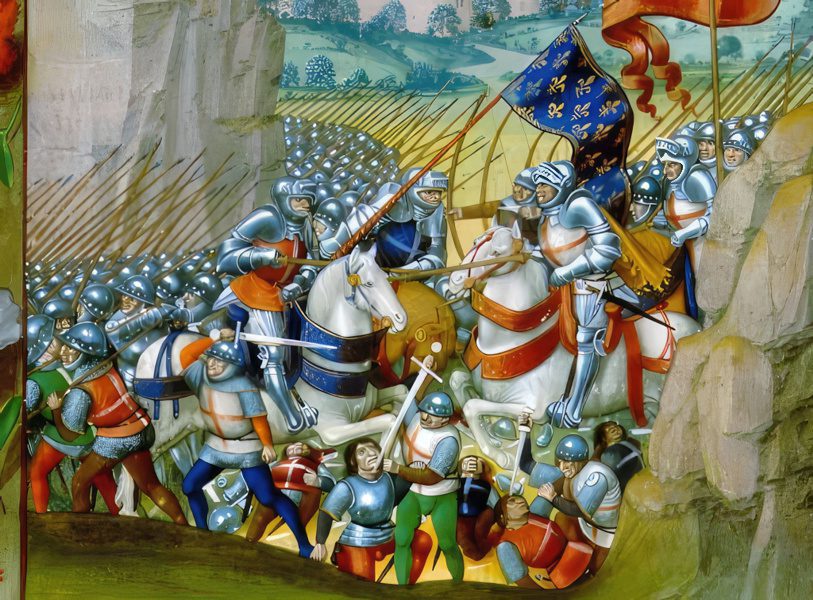
With the rise of plate armor, the standard cutting sword, the primary blade type of the Early Middle Ages, was becoming ineffective. As a result, swords began to evolve, primarily with the tapering blade tips.
This can be best observed in the Oakeshott Typology, a chart of medieval sword evolution first established in The Archeology of Weapons: Arms and Armour from Prehistory to the Age of Chivalry, published in 1960.
Other weapons were made to combat plate armor, but the sword remained popular throughout history. Many factors came into play regarding how and when a sword might be effective against plate armor.
- Quality of the armor – how well the armor was made, its thickness, steel quality, and placement on the body
- Quality of the blade – how well a blade was crafted with heat treatment that allowed it to bend
- Strength of the blow – the energy and mass behind a strike upon plate armor
- The location of impact – where the tip or edge might strike or through gaps in plate armor
- Method – different methods of attack, such as half-swording, piercing from a 12 to six attack, or full vertical thrust from top to bottom, on a grounded plate armor opponent, or strangling
Can a Sword Cut Through Plate Armor?
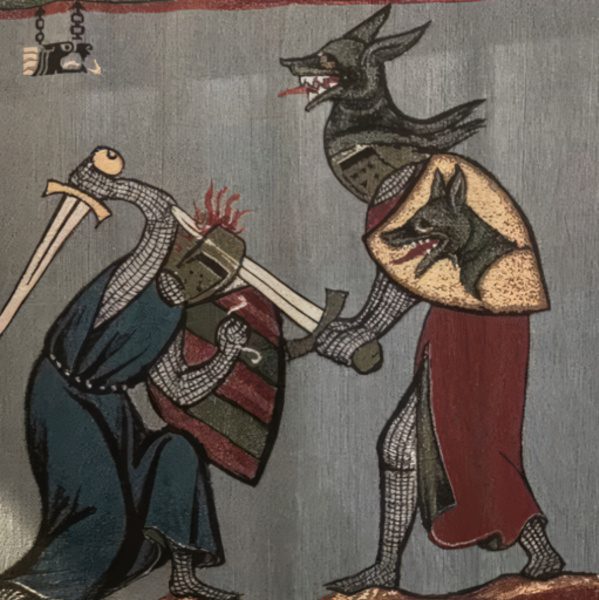
Swords generally weren’t designed to fight chainmail or heavy armor. There were different types of swords with broader blades that were more effective against mail armor but failed to leave an impact on plate armor.
Broader swords were effective in certain situations, delivering substantial blows to plate armor, but not without the risk of damage to the sword. Swords rarely cut through plate armor, especially in hand-to-hand combat.
There are representations in medieval art where a sword is depicted as slicing through plate armor. Still, likely, these depictions were for heroic value rather than suggesting the quality of the armor. In various modern sword-cutting practice tests, plate armor usually remains the victor.
Can a Sword Pierce Through Plate Armor?
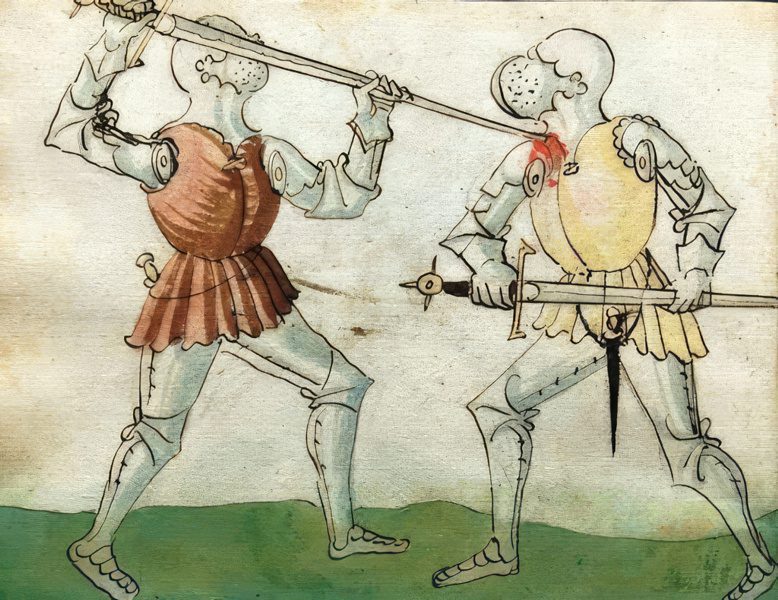
After the 14th century, European swords began strongly tapering from the hilt toward the tip. These swords now had blade profiles and rigid cross-sections that were flexible enough to hit plate armor straight on. While effective against early, low-quality plate armor, the sword wasn’t strong enough to puncture high-quality steel.
Plate armor evolved quickly to encompass different shapes so the blade tip could not leave a massive impact in one central spot. Sometimes strikes against armor led to piercing through a vulnerable opening, but over time, knights were almost completely covered.
Swords Combating Plate Armor
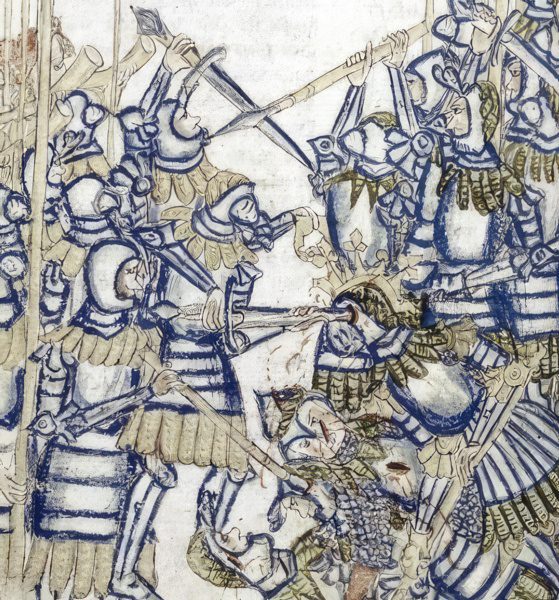
To battle an armored plate opponent, the wielder would have used the sword as a specialized weapon to pierce through gaps in armor by grabbing the blade and half-swording it directly. At times and in certain combat situations, the sword could be used to grapple an opponent and strangle him from behind.
This new fighting method of using both hands while holding the blade became very popular in sword manuals and was used by fully armored opponents.
Were Swords Effective Against Plate Armor?
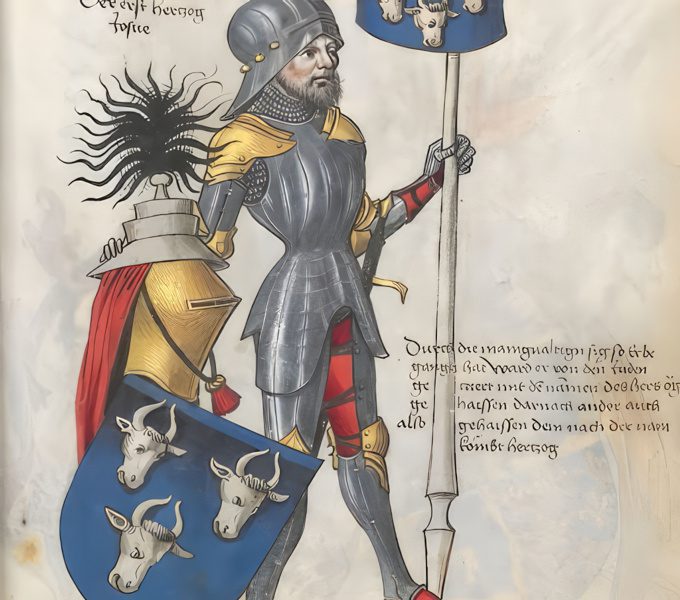
Despite being unable to cut or stab through plate armor easily, the sword was still effective against plate-armored units. Swords were still being carried by most European knights in the Late Middle Ages and early Renaissance when plate armor and armored battalions were at their height.
The majority of knights only had limited plate armor pieces on their garments. This made the sword very effective. The power and might of a blade striking a plated helmet or underneath it at the neck would easily be felt by an opponent.
It was not necessary to slice or pierce through plate armor to defeat the opponent, nor was it necessary to kill an opponent to remove them from the battle. A well-hardened blade could significantly damage a plate-armored opponent by knocking them unconscious or causing serious bleeding through even a small dent in the armor. The enemy could easily take advantage of the many weaknesses of plate armor, leading to ultimate demise.
